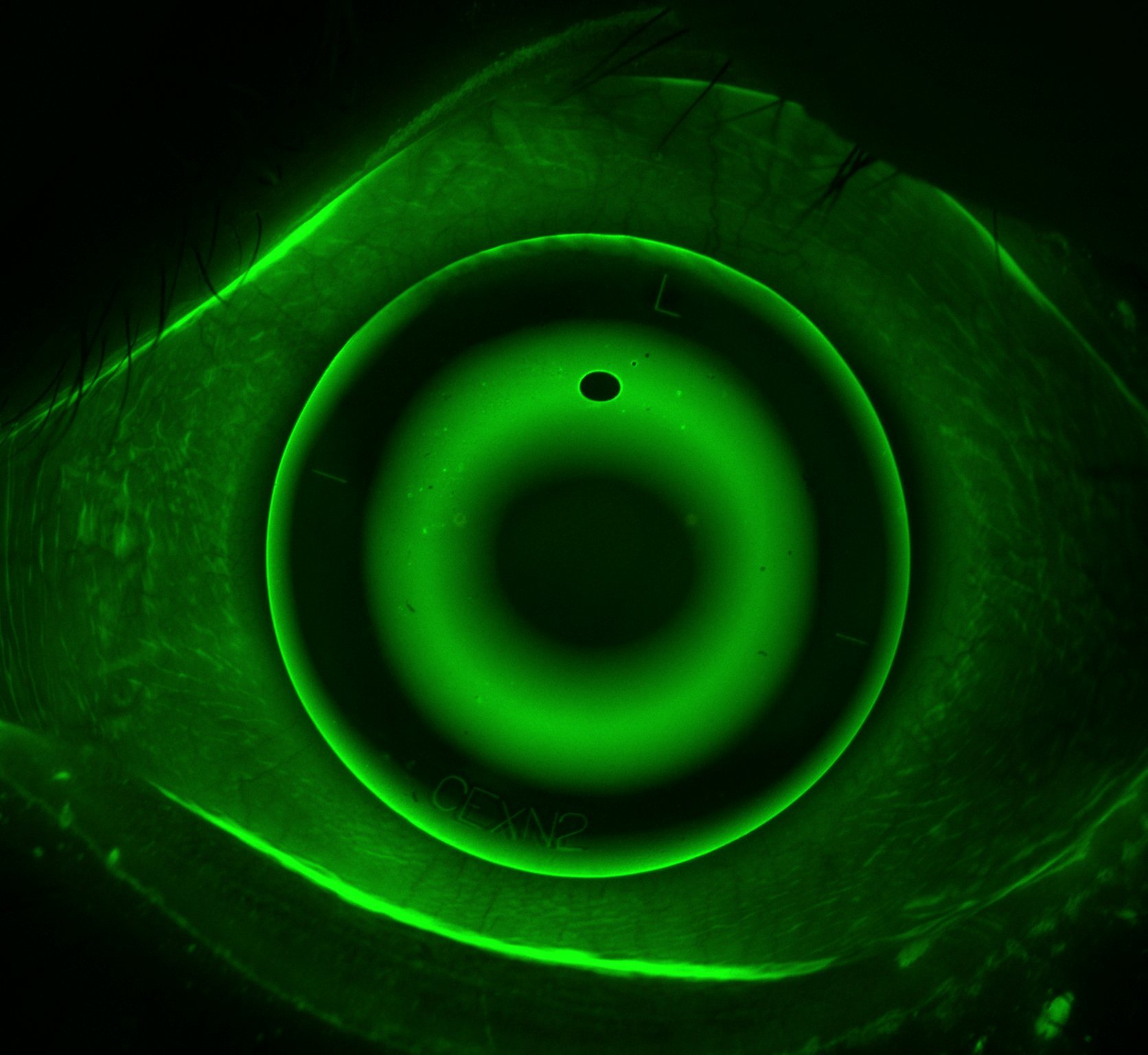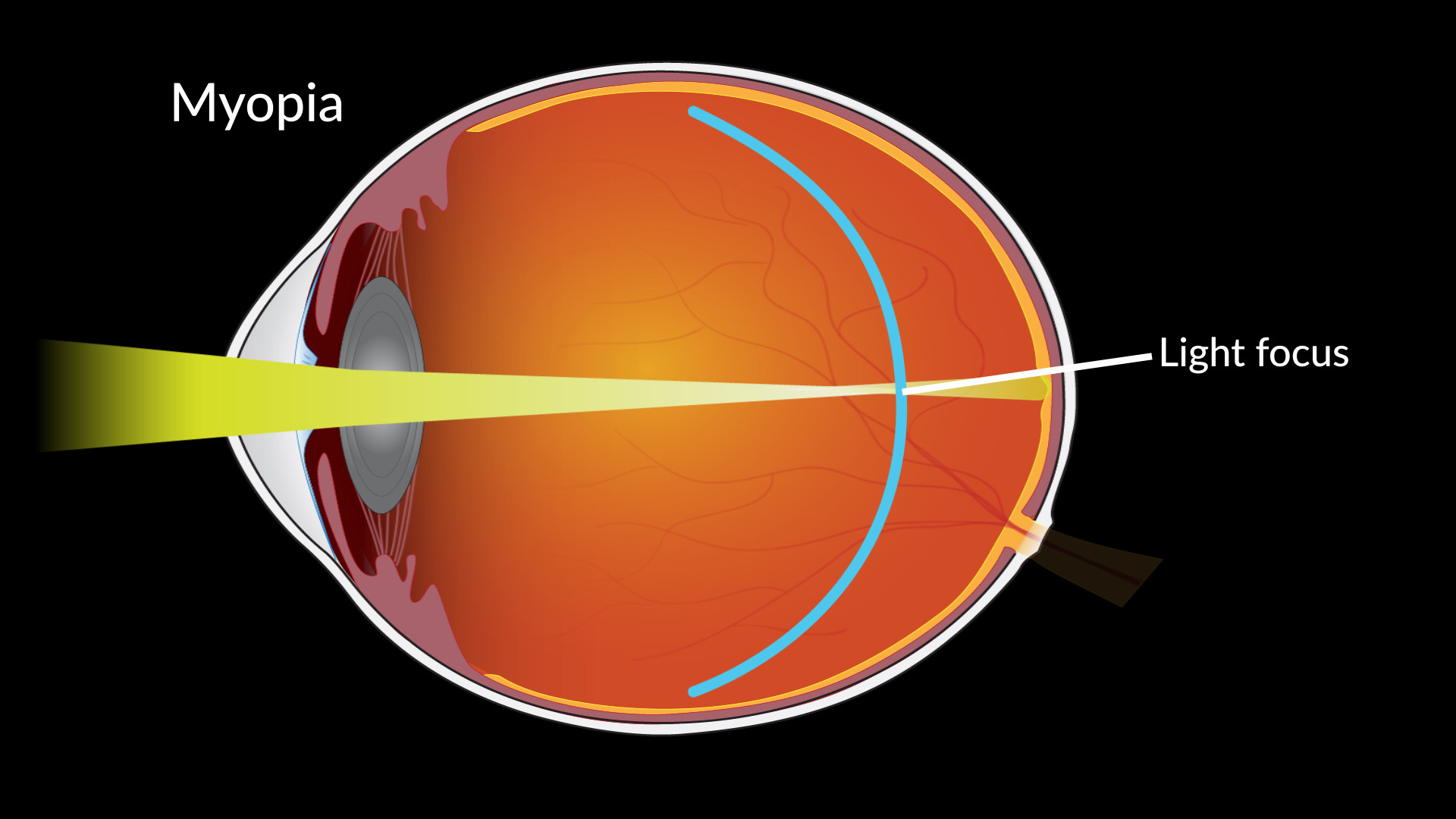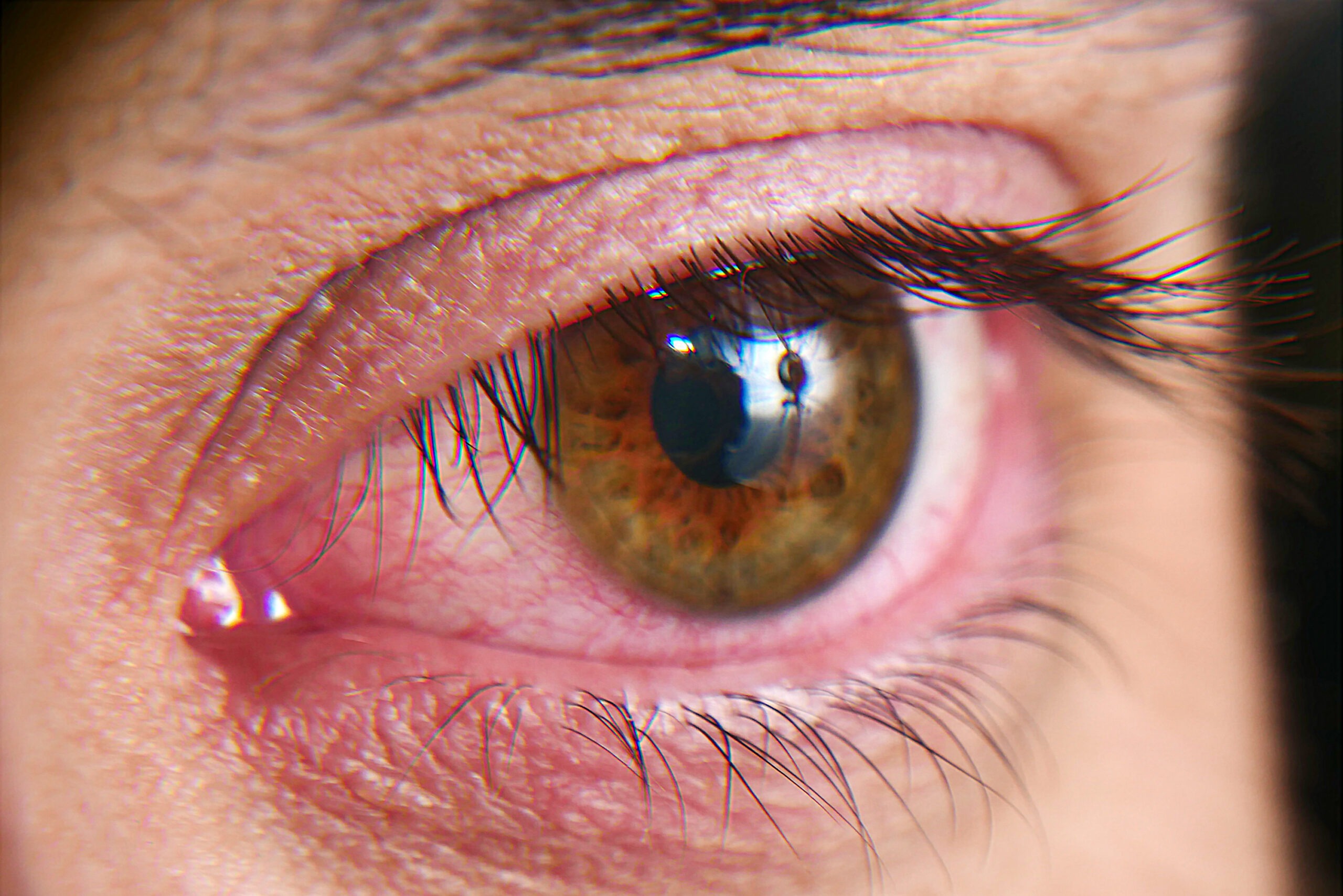
For many years, blepharitis and dry eye disease (DED) have been thought to be two distinct diseases, and evaporative dry eye distinct from aqueous insufficiency.
Consider the “chicken-and-egg”, a metaphoric adjective describing situations where it is not clear which of two events should be considered the cause and which should be considered the effect. As eyecare practitioners we tend to focus on the immediate presenting problem and not what preceded it. The two conditions, DED and blepharitis have multiple overlapping symptoms and pathologies intertwined. With a re-evaluation of the existing evidence and intuitive reasoning, is non-Sjogren’s DED simply the late form and late manifestation of one disease, blepharitis?
DED is often the natural sequelae of decades of chronic blepharitis. In 1946, Phillip Thygeson, MD, described blepharitis as, “a chronic inflammation of the lid border”. In spite of the very nature of the word blepharitis (blepha = lid, ritis = inflammation), inflammatory lid disease lacking lash and lid debris would often lead practitioners away from the diagnosis of blepharitis, as if having “scurf” was a prerequisite for having the disease. While terms such as anterior or posterior blepharitis, staphylococcal blepharitis or seborrheic blepharitis as distinctions are rarely isolated, often overlapping and do not serve to accurately describe the stage or duration of disease (1). Normal lid margin flora bacteria, primarily Staphylococcus aureus and Staphylococcal epidermidis, overcolonise the lid margin within a structure known as a biofilm, the most basic of bacterial survival strategies (2) . The eyelid is the perfect environment as biofilms form wherever there is the combination of moisture, nutrients and a surface (3). Biofilms create a nutritious food supply for the ubiquitous Demodex mite in the form of a polysaccharide and endogenous bacteria (4). The biofilm and Demodex mites never go away; the biofilm thickening, and Demodex population increasing with age, producing increasing quantities of bacterial virulence factors, chemokine release and thus, increasing inflammation.
Belonging to the arachnoid species, Demodex mites live in the base of the eyelash follicles and meibomian glands. Lacking an anus, Demodex mites store their faeces internally in a crystallised form until they decompose, releasing their internal contents onto the host eyelid margin (4). The combination of the biofilm bacterial virulence factors, and large numbers of dying Demodex mites creates a domino effect, first follicular inflammation, then meibomian gland dysfunction, lid wiper epitheliopathy, aqueous insufficiency through inflammatory damage to the accessory lacrimal glands of Wolfring and Krause, destruction of the eyelid anatomy, and ultimately ocular surface disease.

Antonie van Leeuwenhoek made the first known microscopic observation of a biofilm in 1684; oral bacteria within the scurf of a man’s teeth (5). Over 100 years ago, no one brushed their teeth or practiced any form of regular oral hygiene, chronic gingivitis preceded eventual tooth loss and dentures were the norm. Dentistry has effectively educated the world on regular and routine oral hygiene and we visit their practices for regular cleaning with the dental hygienist to remove biofilms from our teeth and gums. With nearly 337 million people suffering from dry eye syndrome worldwide (6), to quote Benjamin Franklin, “an ounce of prevention is better than a pound of cure”. The pound of cure is expected to generate US$4.5 billion by 2020. Can and should the eye care industry prevent dry eye through effectively treating blepharitis and eventual meibomian gland loss before our patients are symptomatic? Is dry eye and blepharitis one entity, that is dry eye blepharitis syndrome or DEBS, reflecting, in fact, a single disease process rather than two distinct processes? As primary eye care practitioners, optometrists have the opportunity to play a key role in the prevention, not just the treatment of dry eye disease, by supporting the increasingly strong argument that blepharitis and dry eye should be treated and prevented by early and routine biofilm removal with microblepharoexfoliation and regular and routine eyelid hygiene.

References
- Bernardes, T.F. and A.A. Bonfioli, Blepharitis. Seminars in Ophthalmology, 2010. 25(3): p. 79-83.
- Brothers, K.M., et al., Dexamethasone diffusion across contact lenses is inhibited by Staphylococcus epidermidis biofilms in vitro. Cornea, 2014. 33(10): p. 1083-7.
- Rynerson, J.M. and H.D. Perry, DEBS – a unification theory for dry eye and blepharitis. Clin Ophthalmol, 2016. 10: p. 2455-2467.
- Moran, E.M., R. Foley, and F.C. Powell, Demodex and rosacea revisited. Clin Dermatol, 2017. 35(2): p. 195-200.
- Christersson, L.A., J.J. Zambon, and R.J. Genco, Dental bacterial plaques. Nature and role in periodontal disease. J Clin Periodontol, 1991. 18(6): p. 441-6.
- Cannady, K. Dry Eye Products Market Expected to Generate $4.5 Billion by 2020. 2016 [cited 2017 18 July]; Available from: https://market-scope.com/pressrelease/ dry-eye-products-market-expected-to-generate-4-5-billion-by-2020/.
*Lachlan Scott-Hoy is a well-known presenter and owner of Innovative Eye Care in Australia. He has a special interest in orthokeratology and contact lenses and is director of Innovative Contacts, a company which specialises in the design, supply, and advice for fitting RGP contact lenses










%20(1).png)



















